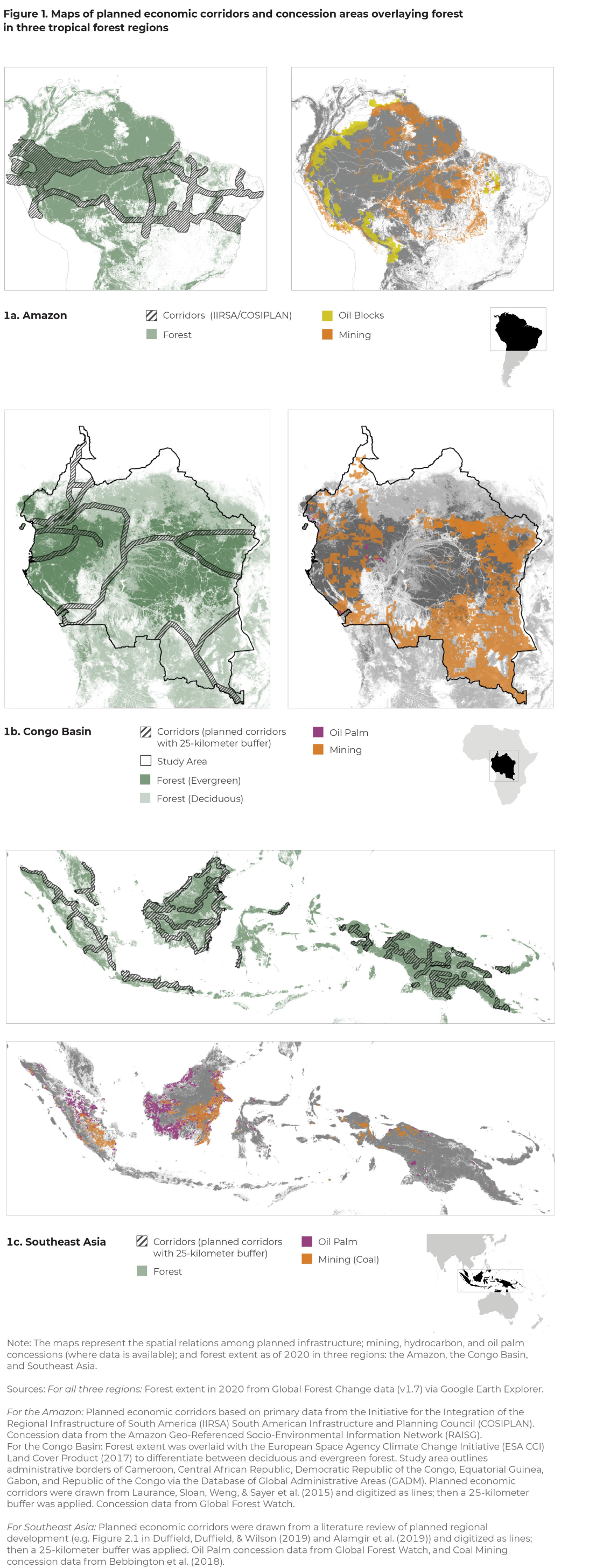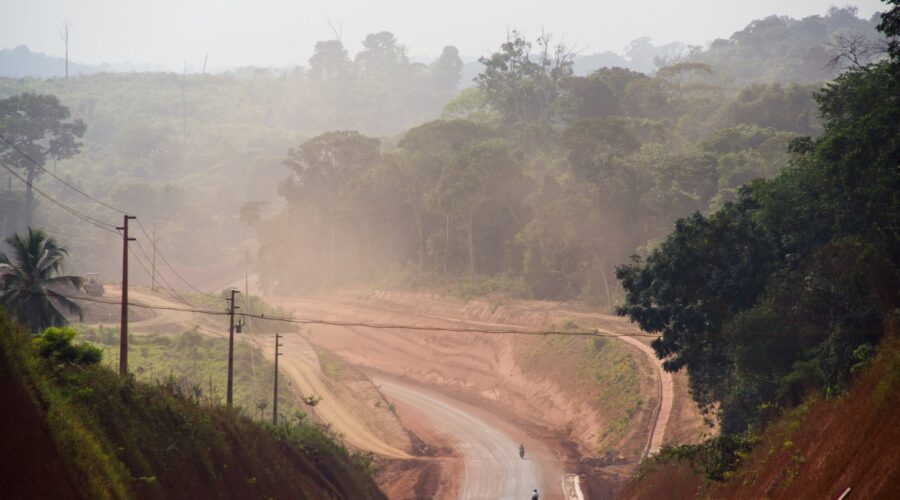The end of the year is always a good time for reflection, and in particular the end of this year. 2020 was meant to be “the super year for nature,” an important deadline for actions to protect our global climate, forests, and biodiversity. Over the last decade, governments, companies and other stakeholders had made ambitious pledges, striving – or pretending to do so – to stop irreversible destruction of our environmental commons and the unsustainable use of resources.
But progress has been very limited. While these ambitions were once celebrated, it is clear that stakeholders are far from reaching the targets they set, or are in fact moving in the opposite direction. Earlier this month the UN secretary general delivered an unprecedented, stark message, calling the continued destruction of nature a “suicidal” war that humanity is waging against its own means of survival.
Efforts have been made…
In the recent NYDF Progress Assessment report – tracking progress made toward reducing deforestation from infrastructure and extractive developments, while supporting sustainable livelihoods – we find that there is a spate of promising initiatives and examples of progress. Governments, companies, and financial actors are largely aware of the destructive potentials of activities like mining and road building, and of the need to secure income for local communities that do not result in deforestation or forest degradation. They have made efforts to align high-level planning with forest goals; mitigate the forest impacts of development projects; and to support poverty alleviation interventions with complementary investments that protect forests. Meanwhile, grassroots actors have spent decades working to influence infrastructure and extractive industry planning and development and to demonstrate the potential of alternative modes of forest management and development trajectories.
…but worrying trends persist.
The world’s remaining forests and the people who rely on them for their livelihoods are facing major pressures from a set of global “mega-trends” that have serious local consequences. These three trends include:
- changing rural demographics, as rural-to-urban migration affects how forest ecosystems are managed;
- emerging demand for forest-risk commodities from a growing middle-class in low- and middle-income countries;
- and large-scale infrastructure development intended to meet the rising global demand for energy, natural resources, and transport.
As we note in our report, we are particularly worried about plans to develop mega-scale infrastructure in the last remaining intact forest areas in the Congo Basin, the Amazon, and Southeast Asia (Figure 1, below, illustrates how planned infrastructure corridors overlap with remaining forest and natural resource concessions). While infrastructure is obviously important for development and poverty reduction — providing access to education, healthcare, farming inputs, and markets for rural populations — mega-scale investments are often planned with very little attention to the sustainable development of local economies. If these developments cut through forests as planned, they would quickly accelerate the fragmentation of the last remaining intact areas, kettling the Indigenous peoples and other local communities that live there. The problem is not so much that these developments are causing deforestation themselves – cutting trees to build a road – but that they are making way for other economic activities and resource extraction in these forests. They enable commercial agriculture but also bring land speculation, small-scale mining, migration, and settlements.
Who values forests?
So far, efforts to stop forest destruction resulting from mining and infrastructure are half-hearted, while interventions targeting poverty and deforestation fail to address the full complexity and scale of these interconnected problems. Governments regulate natural resource extraction and infrastructure projects using tools like environmental impact assessments, but we also find that many governments fail to implement these policies comprehensively and some have rolled back environmental protections to facilitate new building and extraction. We see little evidence that governments are considering the value of intact forests and forest livelihoods when they calculate the benefits of these projects.
In the meantime, strong economic and political forces incentivize the destruction of forests at an unprecedented scale. Many of these forces operate at the national level in forest countries – rural-to-urban migration and the rise of the middle class, as mentioned above, are fueling rising domestic demand for commodities, while powerful elites reap the profits. Global demand for food, energy, and other material also drives the expansion of infrastructure to facilitate the export of natural resources (minerals, metals, but also timber) extracted from forests and deforested areas. The richer populations in the Global North, as well as new elites and middle classes in emerging economies, all benefit from the externalization of environmental and social costs in the production of these commodities.
Who bears the cost?
The groups most affected by the damage, however—poor populations and vulnerable local communities—are pushed toward the frontier, further into the forest, or chaotically urbanizing human settlements with a lack of alternative options for local economic development. These groups are shut out from the high-level development decisions that determine their fates. Decisions about these mega-projects and large-scale developments are often made behind closed doors, beyond the reach of local and even large, international NGOs. Increasingly, the projects are supported by complex and opaque financing arrangements that obscure responsibility and impede accountability. We find overall that an imbalance in power is one of the key barriers to progress in protecting remaining intact forests.
The good news is that many of the solutions are straightforward to understand, if not to implement:
- valuing forests as an environmental common that humanity depends upon and carefully balancing the costs and benefits of infrastructure, mining, and other developments;
- increasing government, corporate, and financial transparency;
- conducting effective, inclusive, and participatory land use planning that considers and mitigates the direct, indirect, and cumulative forest risks and the impacts on and needs of local communities; and
- considering alternative pathways for economic development that do not rely heavily on resource extraction and exploitation.
If humanity is to turn the tide of its self-destructive war with nature, we must lay down our arms.



